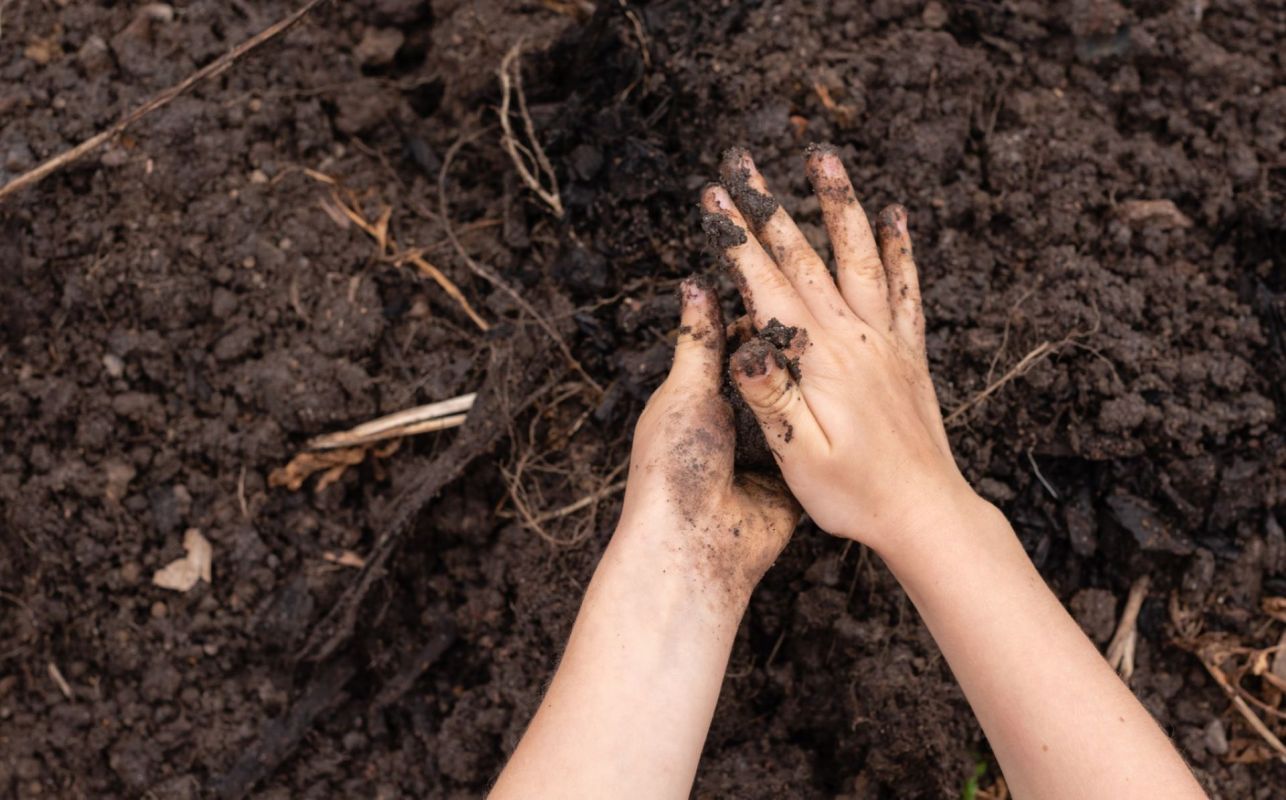When we find earthworms in our soil, that's usually a good thing — earthworms increase nutrient availability and create a stable soil structure for plant growth. Not all earthworms are a good sign, though. If you spot worms that wriggle like snakes and can jump a foot into the air, your soil might be in trouble.
What's happening?
Amynthas agrestis — also called Asian jumping worms, Alabama jumpers, Jersey wriggles, wood eels, and snake worms — is a species of worms from Japan and the Korean Peninsula that are invasive to the United States. As their many names suggest, these worms don't move like your typical earthworm.
"Invasive Asian jumping worms got their name because of the way they thrash around," said Forest Service researcher Mac Callaham in a post by the USDA last year. "They can flip themselves a foot off the ground."
Invasive jumping worms likely arrived in the U.S. in the early to mid-1900s. Shipments of mulch and potted plants can carry the worms to new locations.
Invasive jumping worms have spread throughout the eastern U.S. and parts of southern Canada, which share a similar climate with Japan. As of last summer, invasive jumping worms have been spotted in more than 30 U.S. states. Most recently, they have been reported in Wisconsin.
Why are invasive jumping worms concerning?
Unlike common earthworms, invasive jumping worms actually degrade soil quality and make it harder for plants to grow. After eating organic matter in soil, these worms leave behind castings that "alter the texture and composition of soil," according to the Wisconsin Department of Natural Resources. This new soil composition lacks the structure many native plants require to grow and survive.
Invasive jumping worms are also known to carry buildups of toxic metals, which can harm the birds that feed on these worms.
What can I do about invasive jumping worms?
Wisconsin Department of Natural Resources officials say prevention is the best approach to the spread of invasive jumping worms. In order to prevent their spread, it's important to be able to identify these worms.
Invasive jumping worms often live in large numbers within an inch or two of the soil's surface. They are dark gray or brown with a "cloudy-white to gray" band encircling the body, known as the clitellum. When disturbed, the "earthworms on steroids" thrash, wriggle, jump, and even shed their tails to escape.
When moving soil, be sure to check it for invasive jumping worms before bringing it to a new location. If you find the worms, remove them from the soil, seal them in a bag, and throw the bag away.
Join our free newsletter for cool news and cool tips that make it easy to help yourself while helping the planet.









